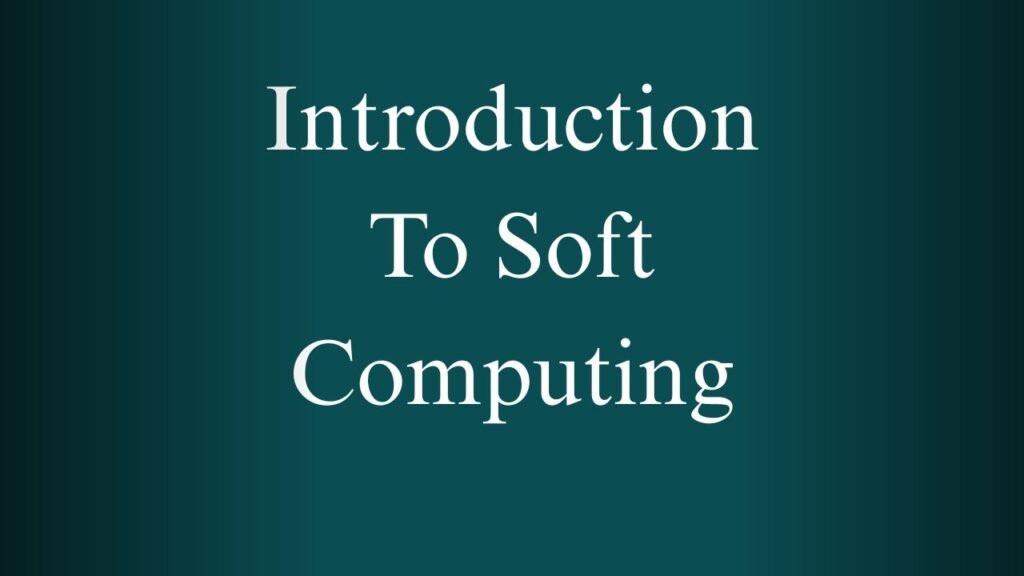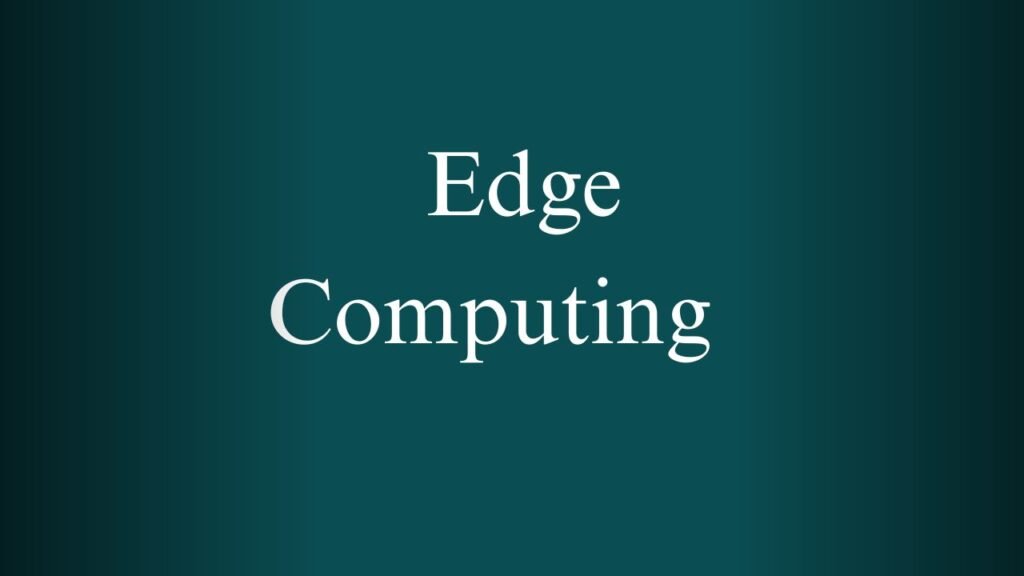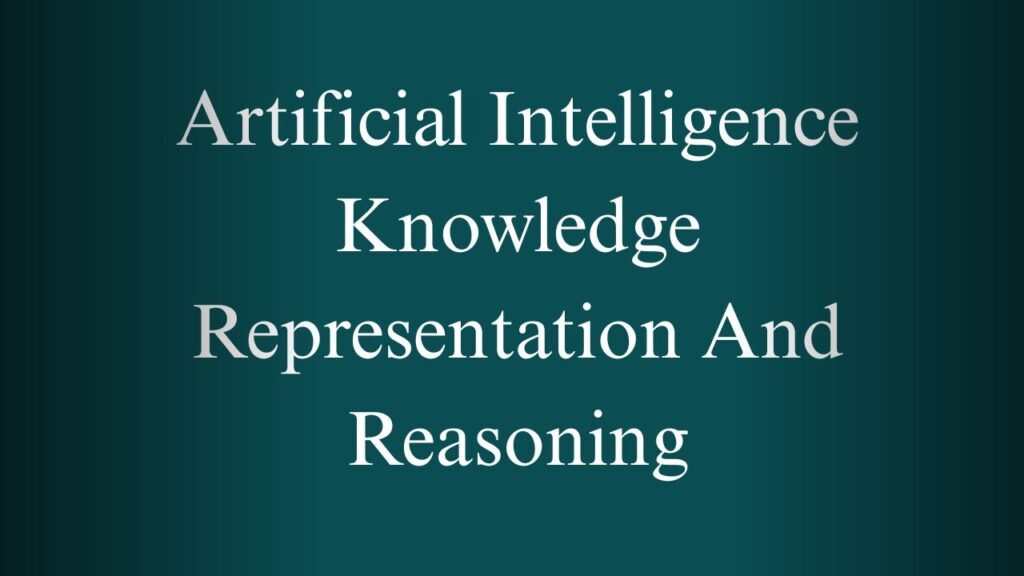NPTEL Introduction To Internet Of Things Week 1 And 2 Assignment Answers 2025
1. IoT stands for __________.
- a) Internet of Tasks
- b) Internet of Tuples
- c) Internet of Things ✅
- d) None of these
✅ Answer: c
Explanation: IoT stands for Internet of Things, referring to the network of physical objects embedded with sensors, software, and connectivity.
2. Which of the following technologies have unified and has resulted in the evolution of IoT?
- a) High-power embedded systems
- b) Super Computing
- c) Engine Technology
- d) None of these ✅
✅ Answer: d
Explanation: It’s actually the combination of wireless communication, low-power embedded systems, and cloud computing — not the listed options directly.
3. Which of the following are the enablers of IoT?
- a) RFID
- b) Nanotechnology
- c) Sensors
- d) All of these ✅
✅ Answer: d
Explanation: All these technologies enable IoT by enabling identification, data collection, and interaction.
4. Which of the following is NOT a function of an IoT LAN?
- a) Long range communication, global
- b) World wide connections
- c) Both (a) and (b) ✅
- d) Neither (a) nor (b)
✅ Answer: c
Explanation: IoT LAN (Local Area Network) supports short-range communication, not global or long-range.
5. The integration of existing devices, smart devices, and constrained nodes in a singular framework is one of the reasons for the address crunch in IoT.
- a) True ✅
- b) False
✅ Answer: a
Explanation: More connected devices mean greater demand for IP addresses, hence the crunch.
6. In Multi-homing, a node/network is connected to a single network for improved reliability.
- a) True
- b) False ✅
✅ Answer: b
Explanation: Multi-homing means connecting to multiple networks for redundancy and reliability.
7. Which of the following is/are the approach/approaches for multi-homing?
- a) Proxy-based approach
- b) Gateway-based approach
- c) Both (a) and (b) ✅
- d) None of these
✅ Answer: c
Explanation: Both proxy and gateway approaches are used for managing multi-homing in IoT networks.
8. IPv6 uses _________ notation for its representation.
- a) Hexadecimal ✅
- b) Binary
- c) Decimal
- d) None of these
✅ Answer: a
Explanation: IPv6 addresses are written using hexadecimal format, separated by colons.
9. The parameters sensed by a sensor may be sent to the cloud for further processing.
- a) False
- b) True ✅
✅ Answer: b
Explanation: IoT sensors often send data to cloud servers for storage, analytics, and decision-making.
10. The IPv6 notation uses _____ number of bits to represent an address.
- a) 64
- b) 128 ✅
- c) Both (a) and (b)
- d) Neither (a) nor (b)
✅ Answer: b
Explanation: IPv6 addresses are 128 bits long, allowing for a massive number of unique addresses.
11. A sensor is –
- a) Only sensitive to the measured property
- b) Insensitive to any other property than what the sensor is made to sense
- c) Both (a) and (b) ✅
- d) None of these
✅ Answer: c
Explanation: A good sensor is selective — sensitive only to the property it’s intended to measure.
12. We classify sensors based on –
- a) Output
- b) Data type
- c) Both (a) and (b) ✅
- d) None of these
✅ Answer: c
Explanation: Sensors are classified based on analog/digital output and data type (temperature, pressure, etc.).
13. Which of the following is a correct statement?
- a) Controlling AC loads using low DC signals
- b) Relays are electromechanical
- c) Relays are actuators
- d) All of these ✅
✅ Answer: d
Explanation: All the given statements about relays are correct.
14. Based on the output, sensors are classified as _____.
- a) Analog
- b) Digital
- c) Both (a) and (b) ✅
- d) Neither (a) nor (b)
✅ Answer: c
Explanation: Some sensors produce analog signals (like thermistors), others digital output (like motion detectors).
15. Soft actuators are –
- a) Polymer-based ✅
- b) Mechanical
- c) Electromechanical
- d) None of these
✅ Answer: a
Explanation: Soft actuators are often made using polymers or soft materials that mimic biological muscles.
NPTEL Introduction To Internet Of Things Week 2 Assignment Answers
1. Based on functionality, MQTT is a __________ protocol.
- a) Transport
- b) Data ✅
- c) Semantic
- d) None of these
✅ Answer: b
Explanation: MQTT is a data communication protocol used to send messages between devices efficiently.
2. MQTT is designed for –
- a) Remote connections
- b) Limited bandwidth
- c) Both (a) and (b) ✅
- d) Neither (a) nor (b)
✅ Answer: c
Explanation: MQTT is suitable for remote areas with limited network capacity, making it ideal for IoT.
3. MQTT protocol follows __________ paradigm for exchanging messages.
- a) Client-Server
- b) Publish-Subscribe ✅
- c) Both (a) and (b)
- d) None of these
✅ Answer: b
Explanation: MQTT uses publish-subscribe architecture where clients communicate via a broker.
4. In MQTT, the Subscribers are Lightweight Sensors.
- a) True
- b) False ✅
✅ Answer: b
Explanation: Subscribers in MQTT can be any device or application, not just sensors.
5. Which of the following is MQTT component?
- a) Middleman
- b) Mules
- c) Both (a) and (b)
- d) None of these ✅
✅ Answer: d
Explanation: MQTT components include Publisher, Subscriber, and Broker – not “Middleman” or “Mules”.
6. A topic in MQTT can only be numbers.
- a) False ✅
- b) True
✅ Answer: a
Explanation: MQTT topics can be text-based strings, not restricted to numbers.
7. There are only two methods specified by the MQTT protocol.
- a) False ✅
- b) True
✅ Answer: a
Explanation: MQTT supports several control packet types (CONNECT, PUBLISH, SUBSCRIBE, etc.), not just two.
8. The Publish/Subscribe architecture in MQTT is _________ driven.
- a) Event ✅
- b) Pulse
- c) Sound
- d) None of these
✅ Answer: a
Explanation: MQTT operates on an event-driven model, where events (like new data) trigger communication.
9. The topic is the routing information for the broker.
- a) True ✅
- b) False
✅ Answer: a
Explanation: MQTT topics act like routing paths that help brokers send messages to the right subscribers.
10. CoAP is __________ and _________.
- a) Based on HTTP
- b) Is designed for M2M applications
- c) None of these
- d) Both (a) and (b) ✅
✅ Answer: d
Explanation: CoAP is a lightweight protocol for Machine-to-Machine (M2M) communications and is similar to HTTP.
11. In CoAP, client-server interaction is asynchronous over a datagram transport protocol such as _________.
- a) UDP ✅
- b) TCP
- c) IP
- d) XMP
✅ Answer: a
Explanation: CoAP works on UDP to keep it lightweight and suitable for constrained networks.
12. What is the full form of AMQP?
- a) Advanced Message Querying Protocol
- b) Advanced Message Quality Protocol
- c) Advanced Message Queuing Protocol ✅
- d) None of these
✅ Answer: c
Explanation: AMQP stands for Advanced Message Queuing Protocol, used for reliable messaging.
13. AMQP has _____ number of frame types.
- a) 6
- b) 3
- c) 5
- d) 9 ✅
✅ Answer: d
Explanation: AMQP defines 9 different frame types used for various communication tasks.
14. The OSI model has 7 layers.
- a) True ✅
- b) False
✅ Answer: a
Explanation: The OSI Model consists of 7 layers, including Application, Transport, Network, etc.
15. The “Destination Address” in the IPv4 packet represents which of the following?
- a) The source node address of the packet
- b) The intermediate hop in the network
- c) Both (a) and (b)
- d) Neither (a) nor (b) ✅
✅ Answer: d
Explanation: The Destination Address refers to the final receiver of the packet, not source or intermediate nodes.



